Do you know how to breathe right?
Sadly, it turns out that the majority of the modern age population does not, which gives you quite a good chance that your breathing also needs some or even a lot of improvement.
And we are talking about normal breathing. When it comes to workout breathing, even the majority of professional athletes don’t do it properly (highly non-efficiently and stressing for their body), which tends to lead to multiple health issues.
“Breath is the link between mind and body.”
– Dan Brule
In this article, we will take a closer look at breathing, its ins and outs, and teach you what you should have been tough as a child.
We will provide you with the knowledge and easily implementable actionable steps that will help you get your normal and workout breathing on the right track, probably for the first time in your life.
Note: This article is inspired by and most information herein is based on The Oxygen Advantage book, written by a breathing expert, Patrick McKeown. Patrick learned directly from Dr. Konstantin Buteyko, a brilliant Russian physician who conducted groundbreaking research to determine the optimal breathing for astronauts during the Soviet Space Race and was one of the pioneers in proving that breathing right is essential for our wellbeing, performance, and health.
Air & Oxygen
Above all other nutrients, our body needs oxygen (O2) to survive the most. Unlike food and water, without which one can go on for days, in the case of oxygen, we talk about minutes.
As such, we cannot discuss human nutrition needs without addressing breathing. Yet many nutritionists overlook this key element.
Oxygen is the basic fuel that all our cells need to survive. This is the reason why we are able to perform the activity of inhaling and exhaling on autopilot.
When we are born, we all breathe right, we instinctively know how to do it properly. Though, as we go from babies to toddlers, the majority unlearns this basic function.
Mainly due to watching grownups, who (most of them) do it all wrong (we’ll cover why this happens in later sections).
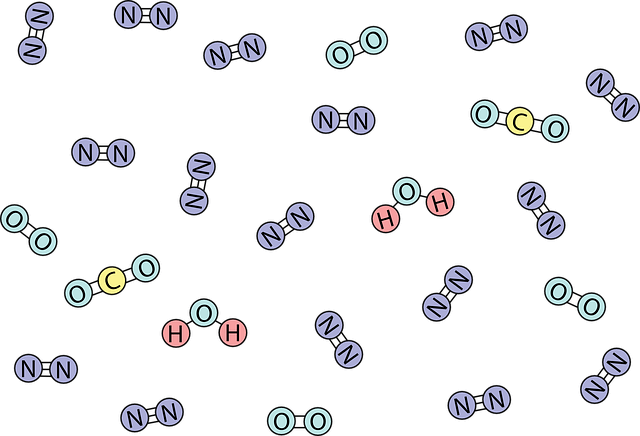
As you were taught in school, oxygen is found in air, which is a mixture of gases that fills our atmosphere.
The majority of air represent nitrogen (roughly 78 %), then comes oxygen (about 21% (varies with altitude)), and the rest is carbon dioxide, neon, and hydrogen (this is where the air is clean and free of emissions, which unfortunately is quite rare these days).
Breathing 101
As we inhale, air travels through the larynx, then the windpipe (trachea), it is then split into two branches of bronchi (one for each lung), where bronchi further divide into bronchioles (smaller branches), and finally into small sacs called alveoli, where oxygen is transferred into the blood.
There are over 300 million alveoli in our lungs, which ensure a sufficient amount of oxygen gets transferred to our blood through capillaries and delivered to our cells. The total surface between all capillaries and alveoli is equivalent to the size of a tennis court. Amazing, right?
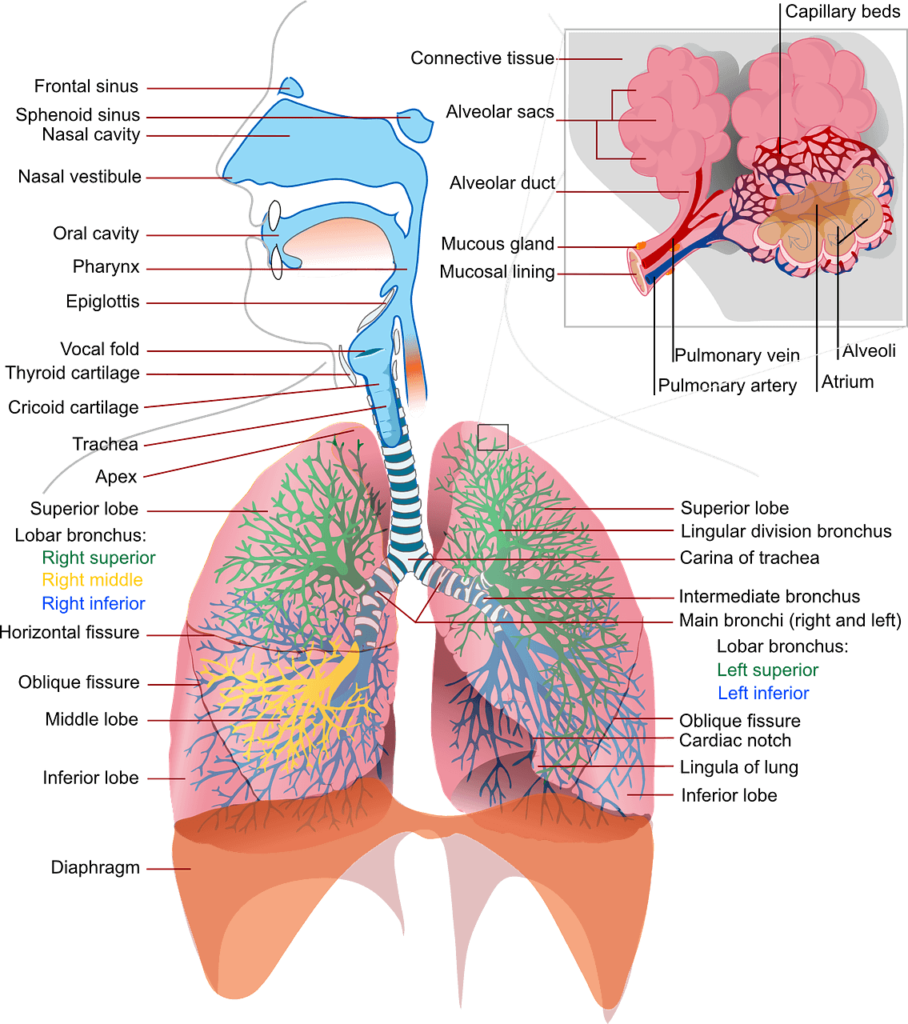
As far as our lugs go, this is the end of the inhale, however, it is not our lungs who need oxygen, it is our cells.
Thus, we need to look further at how the oxygen reaches our cells.
The key transporter is hemoglobin, which is a protein found in our blood. It carries the oxygen from our lungs to our tissue and cells. We could go into detail here, however, for the purpose of this article, this is all you need to know.
Oxygen Saturation
Oxygen Saturation (SpO2) is the amount (percentage) of oxygen-carrying red blood cells (hemoglobin molecules) containing oxygen within our blood.
A simple way to look at this is to consider our blood as a road, hemoglobin as cars, and oxygen as passengers. We’ll presume that cars can drive without passengers. So the percentage of cars with passengers would be the equivalent of SpO2.
A standard SpO2 during a resting period is 95 – 99 %.
As a reserve, the human body actually carries a surplus of oxygen in our blood.
Key Breathing Metrics
When we look at breathing, there are two key parameters – the volume of air in each breath and the rate of inhales/exhales (we measure this in a span of 1 min). Combined they determine breathing volume (t.i. the amount of air intake in liters per min).
An average healthy adult’s breathing volume is between 4 – 6 liters/min.
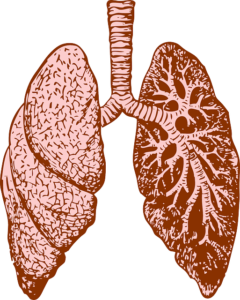
CO2 – The Key Player
So far we’ve only talked about the importance of oxygen, however, it is the carbon dioxide (CO2) quantity in our blood that plays an extremely important role.
This is without a doubt highly counter-intuitive, as we all know that we are supposed to exhale CO2, but it is the amount of CO2 that determines how sufficient will the transfer of O2 from hemoglobin to our cells be.
We can have extremely high oxygen saturation, however, if the level of CO2 is too low, the transition of O2 to our cells will not be efficient.
If we use the above car-passenger analogy, the passengers will be stuck in their cars, unable to enter the buildings at their final destinations.
This is something most people do not know and even many doctors tend to forget as they learn this in the very early stages of their studies. This phenomenon is called Bohr Effect.
Carbon dioxide is an essential element in regulating our breathing, optimizing blood flow, and releasing oxygen to the muscles, and maintaining correct pH levels, which are all part of the basis for optimal health and performance.
It is important to note that the purpose of breathing is to get rid of the excess carbon dioxide, and not to get rid of as much CO2 as possible.

So where does CO2 come from?
CO2 is a byproduct of food processing – as we digest food and deliver energy to our cells, CO2 is produced.
The percentage of CO2 in the air is significant for the environment and any slightest increase can have devastating consequences (enhanced global warming), however, it is not sufficient to affect the level of this gas in our blood.
With that in mind, it is very important not to let it out of our system too much.
How Are You Breathing Wrong?
As mentioned in the introduction, sadly, the majority of the world’s population has forgotten our innate way of breathing. Why?
Well, there are many factors that have contributed to this. The leading causes are chronic stress, sedentary lifestyle, overheated homes, unhealthy food, and lack of exercise.
All of the above results in most grownups’ wrong and unhealthy breathing, which then reflects in their children picking up those same breathing habits during their ‘programing’ ages (0 – 7). This creates a cycle that is tough to break.
What do we mean by breathing wrong? Well, it mainly refers to over-breathing.
“Conscious breathing is the best antidote to stress, anxiety, and depression.”
– Amit Ray
Like with other nutrients, which require you to consume the right amount (optimal quantity), it is the same for oxygen.
If you are breathing right, this level is automatically maintained, however, with wrong breathing, too much air (oxygen) is taken in and too much carbon dioxide taken out of your body, potentially causing a series of problems.
Just as eating too much can be damaging to our health, so can be over-breathing.
Many studies have proven that chronic over-breathing leads to loss of health, poor fitness, compromised performance, and also contributes to many ailments including anxiety, asthma, fatigue, insomnia, heart problems, and even obesity.
Diagnose Your Breathing
Patrick McKeown created a series of questions that will help you determine if you are over-breathing:
- Do you sometimes breathe through your mouth as you go about your daily activities?
- Do you breathe through your mouth during deep sleep? (If you are not sure, do you wake up with a dry mouth in the morning?)
- Do you snore or hold your breath during sleep?
- Can you visibly notice your breathing during rest? To find out, take a look at your breathing right now. Spend a minute observing the movements of your chest or abdomen as you take each breath. The more movement you see, the heavier you breathe.
- When you observe your breathing, do you see more movements from the chest than from the abdomen?
- Do you regularly sigh throughout the day? (While one sigh every now and again is not an issue, regular sighing is enough to maintain chronic over-breathing.)
- Do you sometimes hear your breathing during rest?
- Do you experience symptoms resulting from habitual over-breathing, such as nasal congestion, tightening of the airways, fatigue, dizziness, or light-headedness?
If you answered with YES to any of the above questions, make sure to continue reading.
There is also a simple test that helps you determine how good are your breathing habits – The Body Oxygen Level Test (BOLT).
Play the video below to learn how to perform the test yourself (all you need is a stopwatch, which your phone probably has).
Note: The goal of every human being should be to get a BOLT result to 40 seconds in order to achieve the most optimal health and performance.
Breathe Right
Now that you know that over-breathing is a common and serious issue, you should ensure to get your breathing in order.
So, how are human beings supposed to breathe?
There are two key aspects of proper breathing:
- Using your diaphragm
- Using your nose (strictly)
The diaphragm is an inner muscle at the top of your abdominal cavity and is the reason this is now called abdominal breathing. But in fact, this is the only breathing you should perform, the proper breathing.
Using our diaphragm enables us to draw air into the bottom parts of our lungs and fill them up properly from the bottom up, which is extremely important.
The second aspect of proper breathing involves your nose. The nose is specifically intended for breathing. Mouth breathing is there only for fight or flight situations, which are basically non-existing in the modern world.
The nose is one of the most important organs in the human body. Its size reflects that (the portion you see represents less than 30 % of the entire organ).
Nature is intelligent and does not waste space; evolution has determined the importance of the nose by the amount of space it occupies within the skull.
The nose performs at least thirty functions, all of which are important supplements to the roles played by the lungs, heart, and other organs.
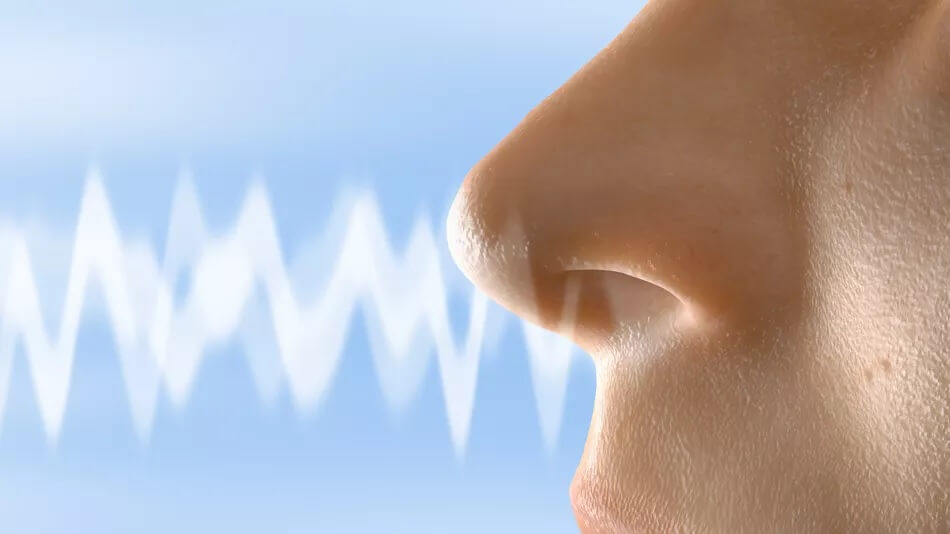
Key Advantages Of Nasal Breathing
- 50 percent more resistance to the airstream (compared to mouth breathing), which ensures the right amount of air is inhaled and exhaled.
- Nasal breathing warms and humidifies incoming air.
- Nasal breathing removes a significant amount of germs and bacteria from the air you breathe in.
- Nasal breathing during physical exercise allows for a work intensity great enough to produce an aerobic training effect based on heart rate and percentage of VO2 max.
- The nose is a reservoir for nitric oxide (NO), an essential gas for the maintenance of good health.
The way we breathe determines the levels of carbon dioxide present in our blood. When we breathe correctly, we have a sufficient amount of carbon dioxide in our system, and our breathing is quiet, controlled, and rhythmic.
Re-Learning The Innate Breathing
By this point, you know that true health and inner peace occur when breathing is quiet, effortless, soft, through the nose, abdominal, rhythmic, and gently paused on the exhale.
In order to help you get on the right track and start correcting your breathing habits immediately, we prepared a list of Patrick’s suggestions. Makes sure to implement them today.
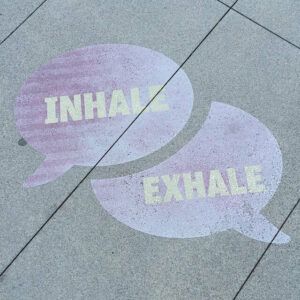
4 Simple Steps To Re-Learn Innate Breathing
- Breathe through your nose, day and night. On average we sleep about 8 hours per night, which is 1/3 of our existence. So it is extremely important to ensure that your mouth is kept shut while you sleep. The only sure way to ensure nasal breathing DURING THE NIGHT is to wear light paper tape across the lips to prevent the mouth from falling open The simplest solution is to use 3M micropore tape or similar (you may also use special tapes designed by Oxygen Advantage)
- Stop sighing. Instead, swallow or suppress the sigh. One sigh taken every few minutes is enough to maintain chronic over-breathing, so it is necessary to counteract the sigh by swallowing or holding the breath. If you notice your sighs only after they have taken place, then hold your breath for 10 to 15 seconds to help compensate for the loss of carbon dioxide.
- Avoid taking big breaths when yawning or talking. Individuals with a low BOLT score are often tired and yawn frequently throughout the day. Try not to take in a large breath during a yawn. Likewise, individuals who talk for a living need to be aware that their breathing should not be heard during talking. If you find that you can hear your breathing during talking, then it is better to slow down the speed of your talking, use shorter sentences, and take a gentle breath through your nose between each sentence.
- Observe your breathing throughout the day and focus on diaphragm breathing. Good breathing during rest should not be seen nor heard.
“Breathing is the first act of life and the last.”
– Joseph H. Pilates
Healthy & Top-Performing You
- Healthy You: If you have any health issues that your doctors can’t seem to find the root cause for, then you should really implement breathing exercises in your daily routine. By practicing beginner-level breathing exercises you will reduce your breathing volume toward normal fast and achieve calm and slow breaths.
- Top-Performing You: If you want to level up your performance as much as possible, you should implement high altitude training. These are advanced exercises designed as part of the Oxygen Advantage training.
Two ways to get access to all instructions and guidance related to the Oxygen Advantage exercises designed to best increase your BOLT score:
- Patrick’s new book – The Breathing Cure – a great option if you are a reader and appreciate a great book
- Patrick’s online breathing course – if you prefer watching videos with detailed follow-along instructions, then this option is for you.
Additional Oxygen Advantage Tools
- MyoTape – Tapes specially designed to help you keep your mouth closed during the night and ensure that you breathe exclusively through your nose.
- Sports Mask – Special mask to help you take your simulated high-altitude training intended especially for advanced or professional athletes.
- OxiMeter – This gadget is designed to help get the most out of your advanced breathing exercises and ensure additional safety by measuring your oxygen saturation.
- Buteyko Belt – This belt is designed to help you achieve healthy and effortless breathing.
Become A Breathing Expert
- Functional Breathing Instructor Training – This beginner-level training is for all of you interested in taking your breathing knowledge and expertise to the next level and become a certified instructor.
- Advanced Instructor Certification (virtual only) – This option is great for all personal trainers, coaches, healthy living experts looking to gain breathing expertise to even better help their clients achieve the most optimal results.
- Complete Live Advanced Instructor Training – The most comprehensive breathing training. It includes a similar curriculum as the above option with additional exclusive access to 14 hours of live online classes with Patrick.
